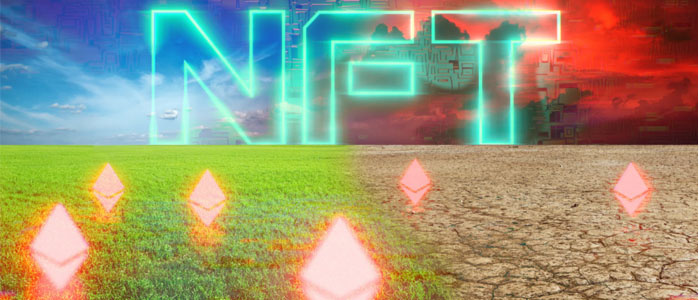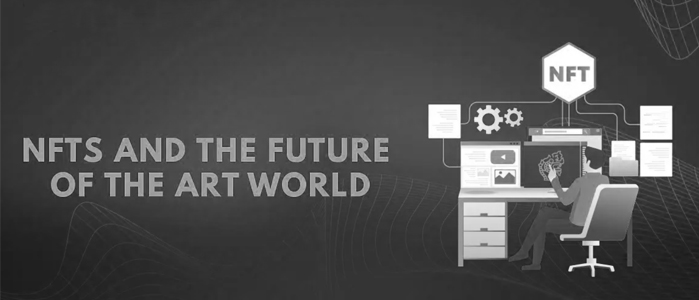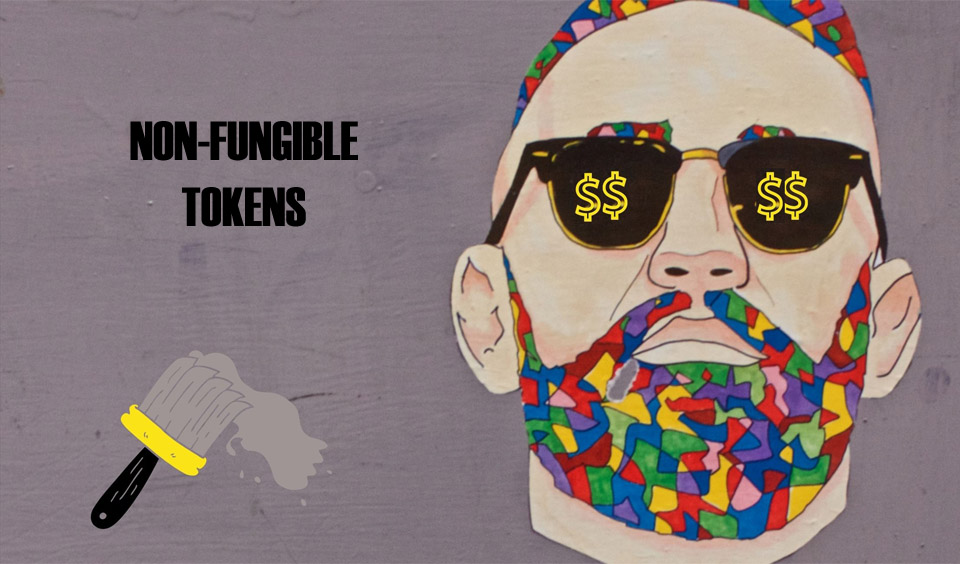Non-fungible tokens, popularly called NFTs, have become a big sensation in the world of cryptocurrency. It hit the headline when an artwork titled “EVERYDAYS: THE FIRST 5000 DAYS” by Mike Winklemann sold for $69.3 million at Christie in early 2021.
Since then, artists have latched on to Crypto Arts to earn revenue. NFTs are unique digital assets that are identifiable and differentiated from other digital documents through authenticity.
NFTs are digital authenticity certificate that validates ownership of specific digital items on the blockchain. These tokens are on the blockchain, which makes them traceable and verifiable, giving a component of reputation to the items.

How do NFTs work?
To fully understand the sustainability of non-fungible tokens, it is crucial to understand how they work. NFTs work like a fixed record, a public ledger of data blocks that represent different transactions, such as a transfer of NFT art or purchase of Bitcoin.
These blocks are stored in chains through the process of crypto mining. This process involves the use of high-powered computers to solve cryptographic equations. Most NFTs are stored on the Ethereum blockchain because it allows for the creation of smart contracts, also known as decentralized applications.
These decentralized applications are the NFT marketplaces where sellers and buyers meet. Ethereum blockchain works on a proof-of-work system just like Bitcoin. Here, coin mining depends on computers to solve complex equations using high-powered computational power.
What are the Effects of NFTs on the Environment?
Since the Ethereum blockchain uses a proof-of-work technique, computers need to work speedily to resolve cryptographic puzzles. What this does is generate several numbers in the race of trial and error.
Reports on blockchain mining have it that miners attempted to create new blocks 170 quintillion times per second. The miner that gets the correct answer is the one that gets their digital assets added to a blockchain and by extension gets a currency in return.
The system and process are designed to be competitive and transparent. However, it utilizes remarkably huge amounts of energy to complete the process.

While the consumption of blockchain energy varies from one platform to the other, Ethereum has been reported to consume more energy and generate a bigger carbon footprint, even more than some nations.
Now, whether NFTs amplify emissions or not is something that is still not clear. According to some schools of thought, miners will still mine Ethereum and pollute whether it is for NFTs or some other things. In other words, even if people stop mining NFTs, Ethereum will still use and generate the same energy.
Will the Environment Effect of NFTs Change?
This is a big question that many eco-friendly artists and investors are looking into. In recent times, more artists are advocating for a bigger shift toward sustainable non-fungible tokens.
Some experts have opined that while crypto mining energy can be generated from renewable resources, bigger profits are made from fossil fuel conversions. The Crypto art community has also argued that the technology should change to a proof-of-stake blockchain instead of the current blockchain process of proof-of-work.
That is because proof-of-work depends majorly on computation energy from computers to solve cryptographic equations; proof-of-stake would not utilize such mathematical equations but instead, depends on the “deterministic probability” which is influenced by the volume of coins staked at a particular time.
Ethereum developers have assured the crypto community of their intention to launch a new framework that aligns with proof-of-stake sometime in 2022. However, many believe that the new system may detract from the decentralized concept of proof-of-work. According to critics, the new system may give more privileges to miners with ample coins.

The Future of Non-Fungible Tokens in the World of Arts
With the growth in the adoption of NFTs by artists and the popularity of the environmental effect of blockchain technology, artists are coming under criticism. Artists with eco-friendly tendencies are withdrawing from NFTs while others are advocating for more long-term adjustments, such as using renewable energy for crypto mining.
Many are also calling for an assessment of the environmental impacts of crypto. Currently, the NFTs domain is booming but is still in its formative stage. With time, most of the controversies surrounding it will be resolved and it will prove itself as a long-term item in the world of the art technology.








